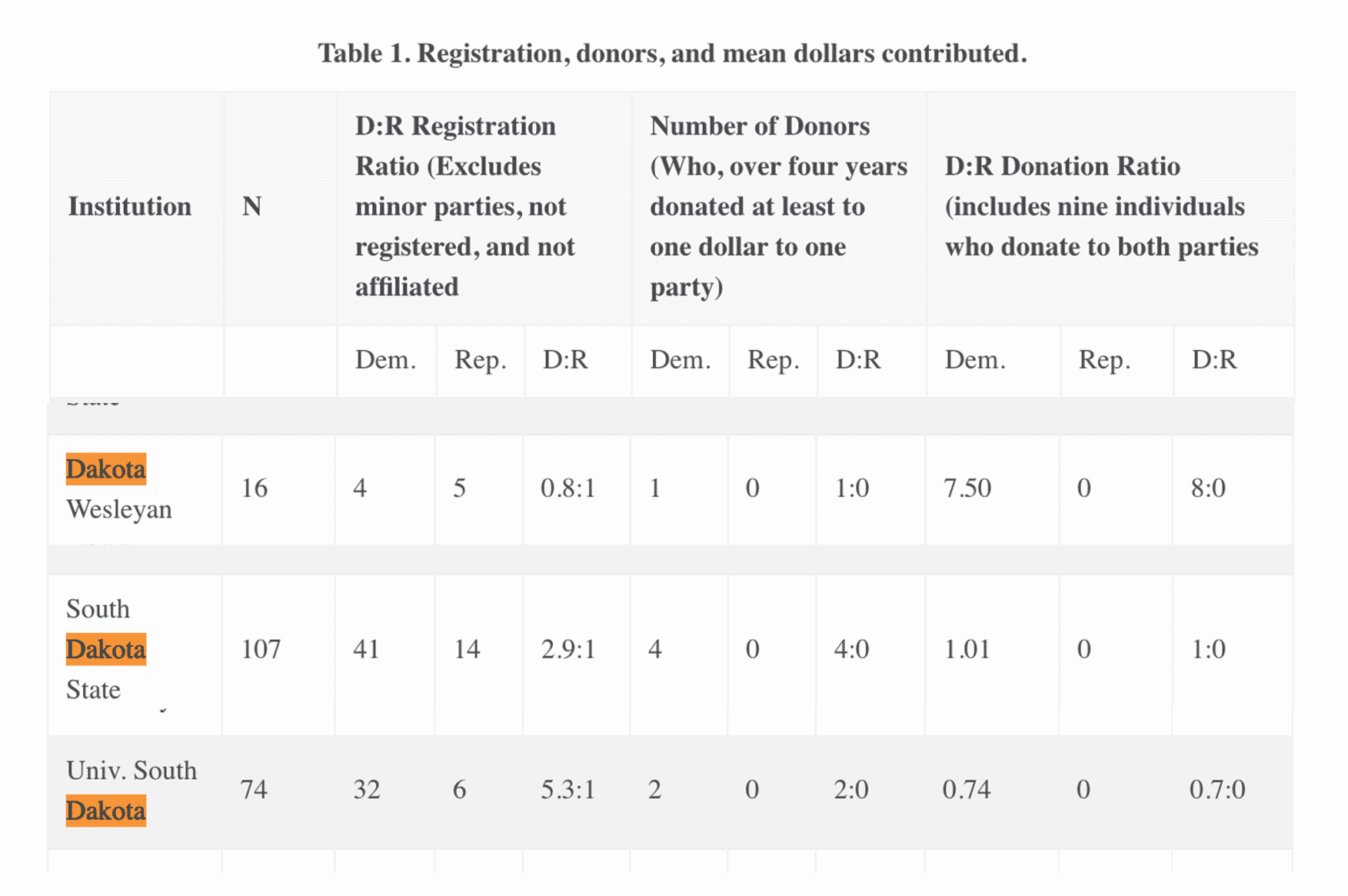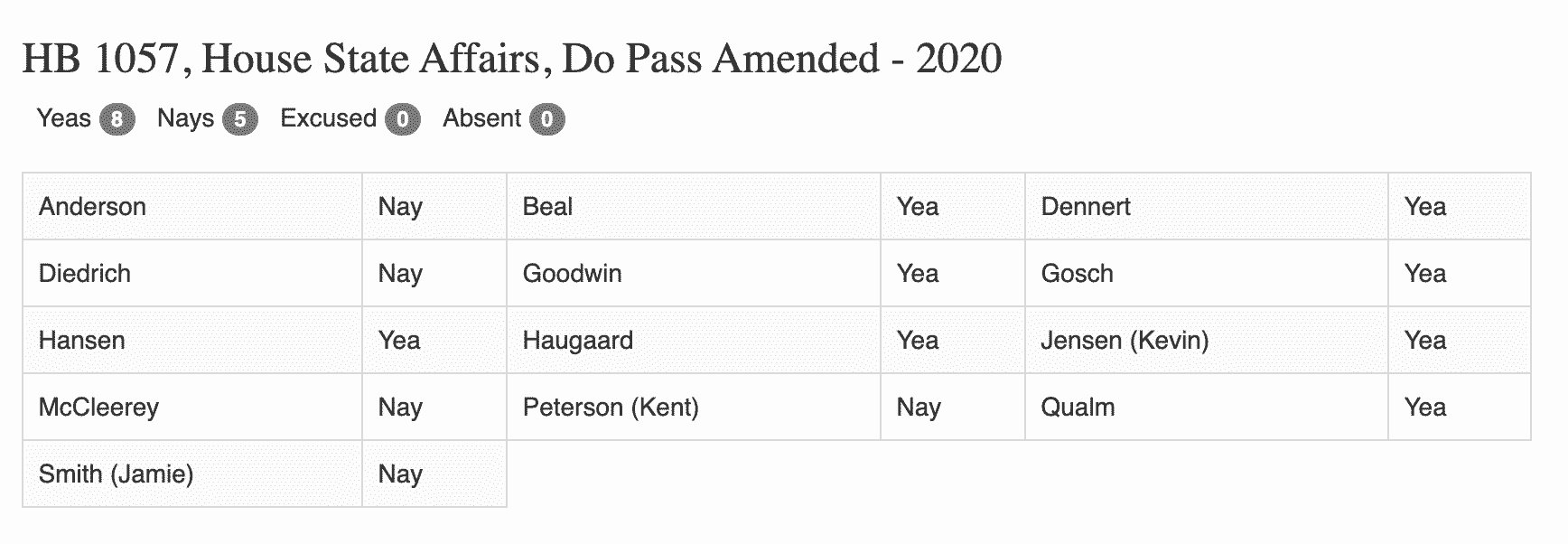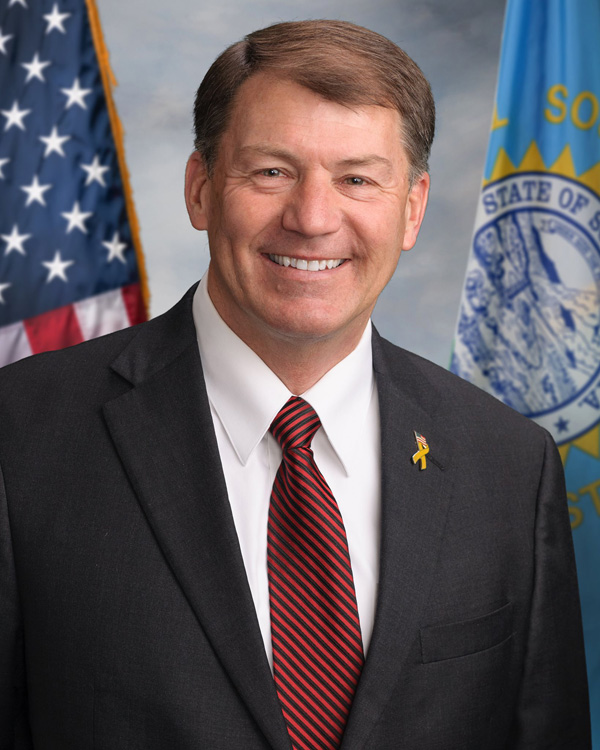After Sioux Falls City Councilwoman Theresa Stehly wanted the city of Sioux Falls to handle all tornado cleanup so residents could sit at home and wait for government to be their savior, she’s back at the taxpayer trough again, wanting the City of Sioux Falls to trim all the boulevard trees in South Dakota’s largest city.
Despite the fact that Sioux Falls city staff have put a $2 million price tag on it for residents, just for starters:
Sioux Falls park operation manager Kelby Mieras said with about 12,000 properties in the yearly Project T.R.I.M. coverage area, the city would expect an annual cost of about $688,527 if property owners no longer had to do the work themselves.
And that doesn’t account for the additional equipment costs and staffing increases that would come with making the pilot project permanent, he said.
“It’d be about $1.2 million in upfront capital expenses,” he said. “This would include the equipment necessary to outfit two different crews and also a location to store the equipment because this is a year-round and something we’d have to do 12 months a year.”
Read the entire story here.
Interesting. Having lived in cities with and without an arbor department, let me explain the difference for residents.
When I lived in Pierre (without an Arbor department), a storm came through and knocked down the big pine tree on my boulevard, I got the chainsaw out of my shed, cut it up and took it to the dump. I paid the local guy (a Highway patrolman in his day job) to come grind the stump.. I think that was $40-50. And then when I felt like it, I paid a local tree guy $40-50 to pull a new tree of my choosing in from his orchard, which I had to water and maintain to get it established.
Now living in Brookings, The city rolls through once every few years and trims my boulevard tree up to their specifications, darn near matching every single other tree of up and down my street. And I sold my old chainsaw.
What’s the difference between the two systems? Not much. The trees in your yard are a maintenance item that go along with home ownership. Either way, you pay government for it, or you have to pay for it yourself. But most of us would believe that paying government for it ultimately isn’t a great solution.
Why do we continually demand more government for things that should be our own responsibility?
Back in Pierre, you’ll note that you can find darn near any kind of tree under the sun on boulevards, adding character to properties, because at one time, that’s what the homeowner wanted to put up. Here in Brookings, if you look down a street, a tree is a tree, is a tree… all uniformly groomed, with the only difference being when they were planted, because that’s what the local government wanted to do.
I guess if you want turn over another freedom, and enjoy government telling you what to do and how to be, down to the tree you put on your boulevard, “Stehly solutions” are the way to go for Sioux Falls residents.
And they should keep that in mind when they get the tax bill for the privilege.







